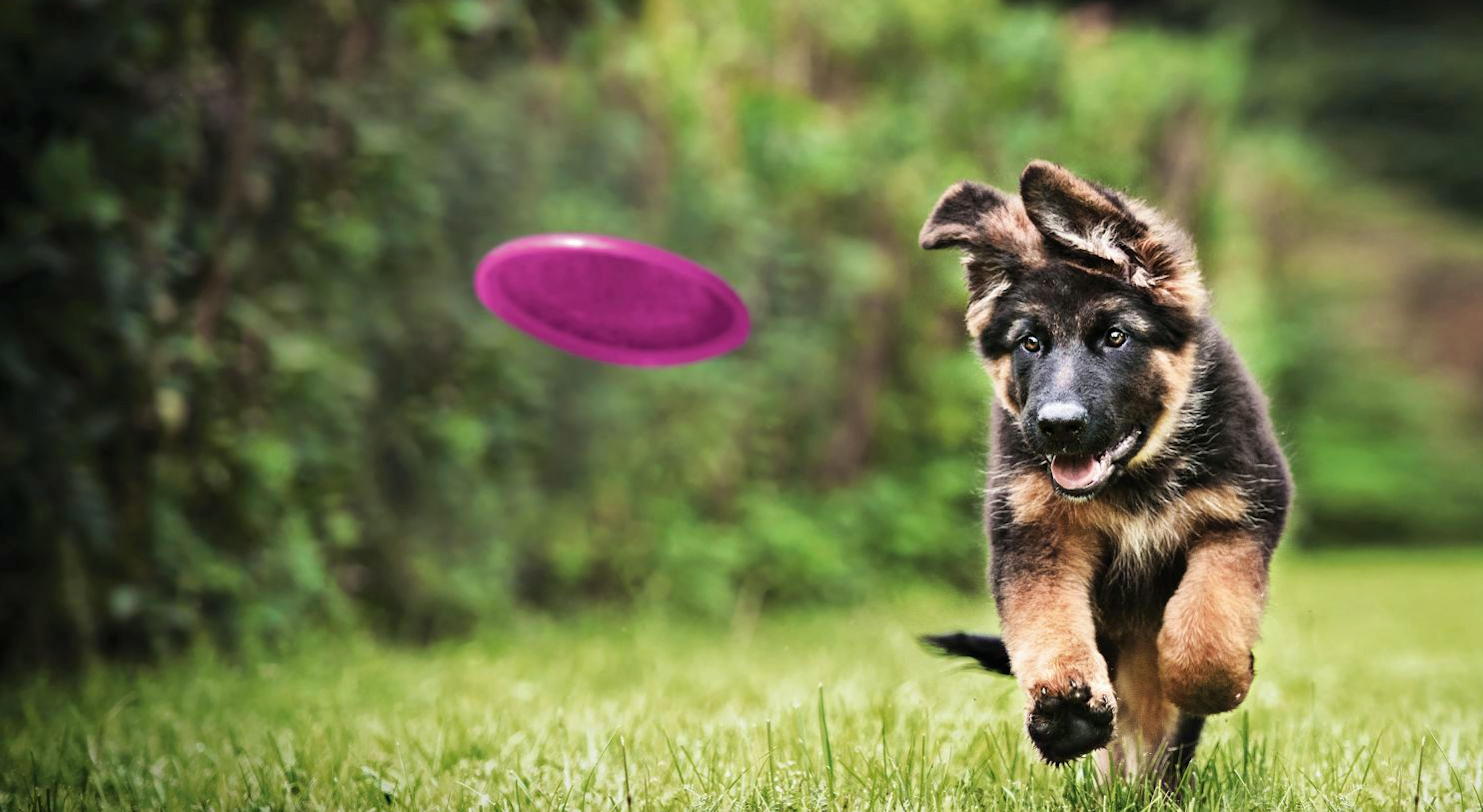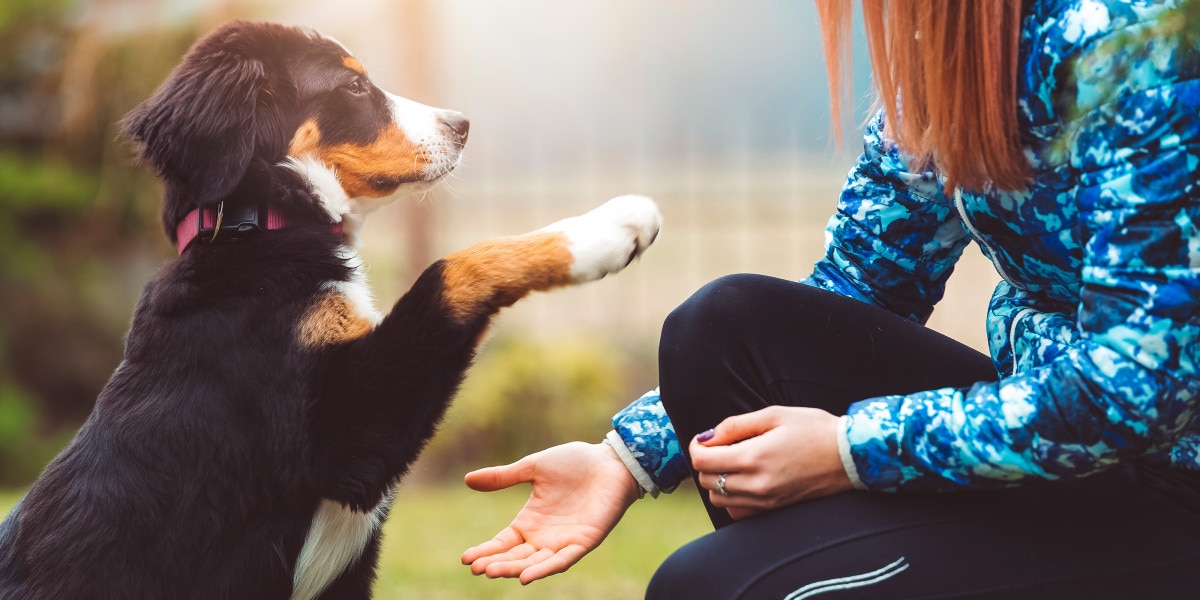Puppy Training 101: How to Start Teaching Your New Pup Right Away
Puppy Training 101: How to Start Teaching Your New Pup Right Away
Blog Article
Top Puppy Educating Techniques to Make Sure a Well-Behaved Family Pet
Efficient pup training is critical for growing a mannerly companion, and various methods can substantially influence a pet's development. As we discover these approaches even more, it becomes clear that the success of pup training pivots on a mix of approaches that can transform your pet dog's behavior in amazing ways.
Favorable Reinforcement Strategies
Making use of favorable support techniques is important for reliable pup training, as it encourages desired habits with benefits as opposed to punishment. This method profits from the natural understanding processes of canines, strengthening etiquette by offering concrete and immediate rewards, such as treats, appreciation, or play. By associating favorable end results with specific activities, puppies are most likely to duplicate those actions in the future.
Benefits need to be offered promptly after the preferred behavior takes place to develop a clear connection in the young puppy's mind. In addition, differing the kinds of benefits can preserve a young puppy's rate of interest and inspiration throughout the training process.

Uniformity in Educating Commands
Preserving consistency in training commands is vital for reinforcing the lessons found out through favorable support methods. Canines thrive on routine and predictability, so making use of the same verbal commands and hand signals for specific habits is important. This harmony assists young puppies comprehend what is expected of them, lowering confusion and aggravation for both the animal and the fitness instructor.

Timing additionally plays a considerable role in consistency. Commands must be supplied promptly during training sessions and adhered to quickly by positive support, such as treats or praise. This prompt feedback helps solidify the organization between the command and the desired habits.
Including uniformity right into training sessions will develop a secure knowing setting, promoting quicker mastery of commands. Eventually, a well-structured strategy fosters a strong bond between the pup and its owner, leading to a much more well-behaved and loyal family pet.
Socializing With Various Other Family Pets
Socializing with other pets is crucial for a puppy's growth, as it assists them find out suitable habits and communication skills in diverse social contexts. Early communications with various pets can considerably influence a puppy's character and flexibility in various situations. When young puppies are exposed to a variety of family pets, helpful resources they end up being a browse around this web-site lot more confident and less scared, which can prevent possible behavior concerns later on in life.

Instruct your puppy to identify signals from various other pets, such as indications of playfulness or discomfort, cultivating mutual regard and understanding. Regular socializing not only improves your pup's social abilities but also contributes to their general well-being, creating a more unified living setting.
Cage Training Benefits
Recognizing the numerous advantages of cage training can significantly boost both the young puppy's and proprietor's experience. Crate training gives a safe and secure environment for puppies, guaranteeing they really feel shielded when left alone. This sense of safety can considerably minimize anxiousness and stress degrees for both the proprietor and the animal.
Additionally, dog crates work as an important house-training device. Young puppies normally prevent dirtying their sleeping area, thus urging them to hold their bladder up until they are let outdoors. This instinct can expedite the house-training process, promoting excellent practices at an early stage.
When without supervision,Crate training additionally assists in managing a puppy's behavior - puppy training. By supplying an assigned space, owners can prevent damaging actions, such as eating on furnishings or entering into harmful compounds. Crates can be beneficial during travel, supplying an acquainted area that can assist relax a puppy in new atmospheres.
Last but not least, developing a cage regular motivates independence, allowing pups to find out how to be alone without anxiety. Generally, crate training is a reliable technique for advertising safety, technique, and serenity, causing a well-adjusted, well-behaved pet dog.
Chain Training Essentials
Leash training is a basic aspect of liable family pet ownership that makes certain a pleasurable and risk-free strolling experience for both the puppy and its owner. Proper chain training begins websites early, preferably during the puppy's socialization period. This training assists develop good routines and promotes favorable habits when out in public.
To begin, select a comfortable collar or harness that fits your young puppy well. Attach a strong leash, ensuring it is not too long, as this can cause pulling and irregular habits. Begin in a peaceful setting to lessen distractions and gradually present your pup to new environments.
Usage favorable support techniques, such as treats and praise, to encourage your puppy to walk next to you. Quit strolling and wait for them to return to your side prior to continuing if your puppy draws. This educates them that drawing will certainly not produce ahead motion. Uniformity is key; practice regularly and stay patient, as proficiency takes some time.
In addition, include brief training sessions with enjoyable distractions to construct your pup's emphasis. With dedication and determination, leash training will cause a hospitable friend, making strolls pleasurable for both the puppy and the owner.
Conclusion
In verdict, utilizing efficient puppy training strategies is crucial for creating a well-behaved animal. On the whole, these approaches collectively advertise a harmonious relationship in between puppies and their proprietors.
As we discover these methods better, it becomes clear that the success of puppy training hinges on a combination of methods that can change your family pet's behavior in amazing methods.
Using favorable support strategies is necessary for reliable young puppy training, as it motivates preferred behaviors through benefits rather than penalty.Crate training likewise assists in handling a young puppy's habits when without supervision.Leash training is a basic element of accountable family pet possession that makes certain a risk-free and delightful strolling experience for both the puppy and its proprietor.In verdict, using effective puppy training methods is important for developing a mannerly pet.
Report this page